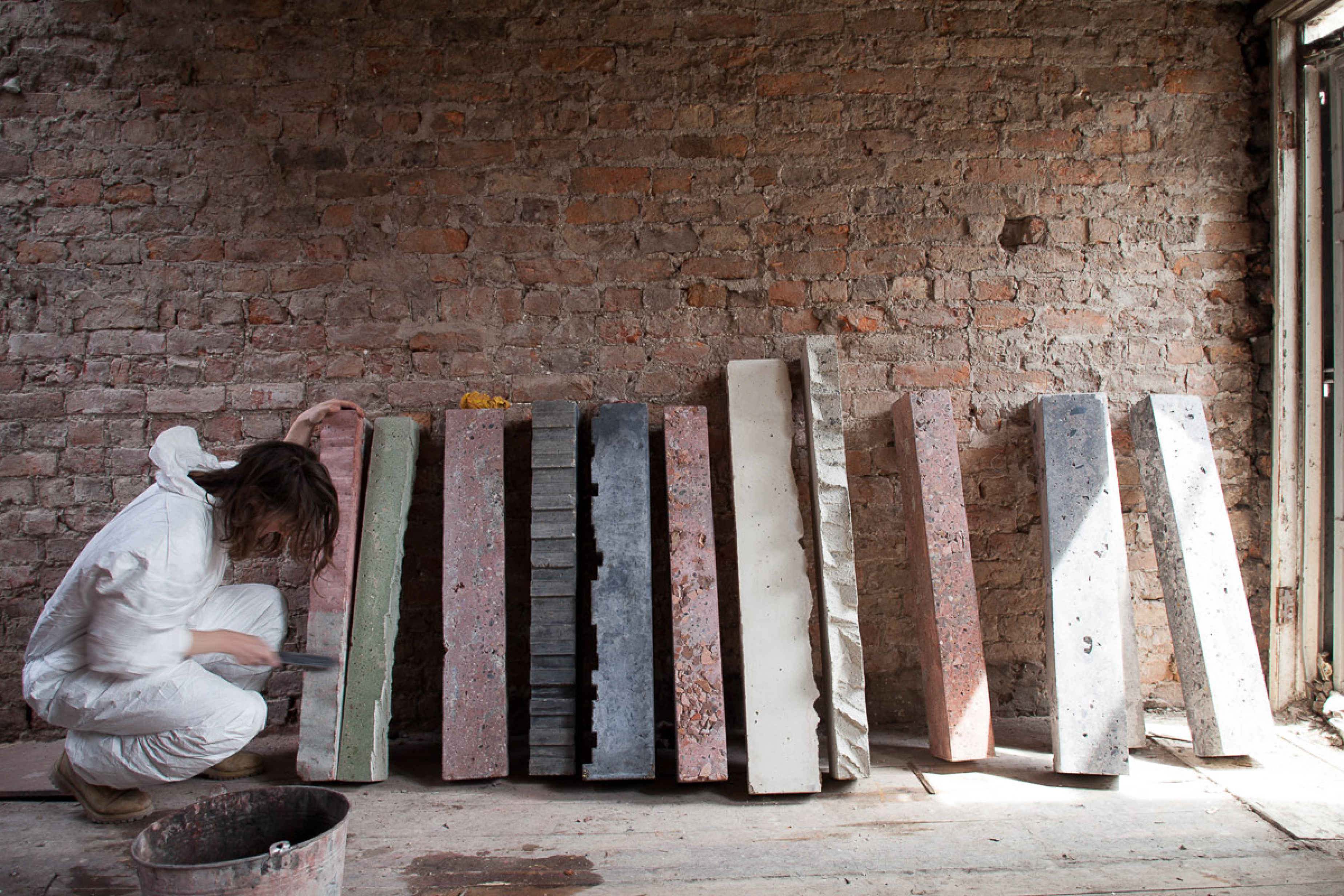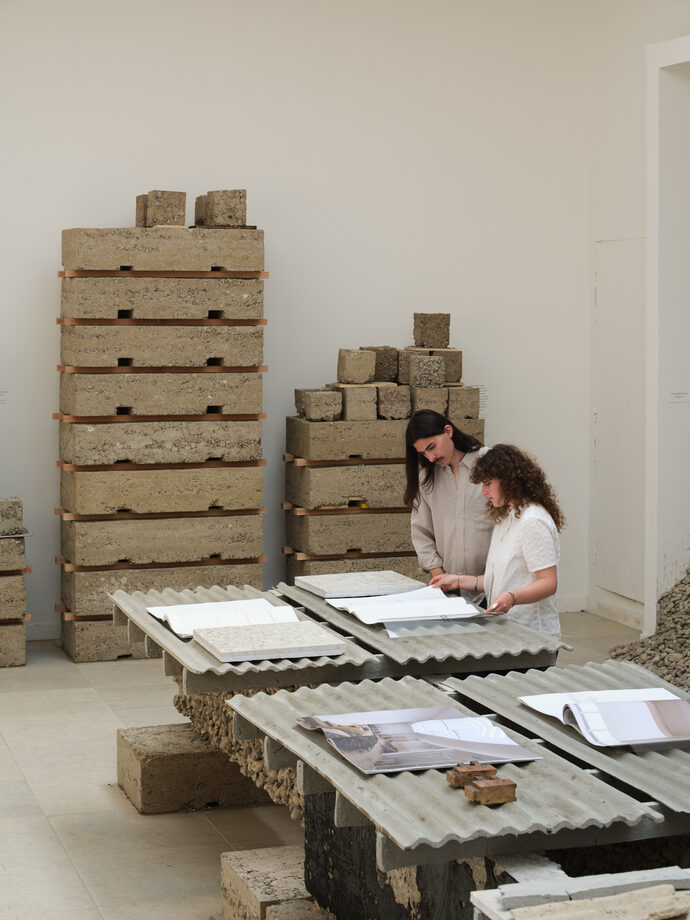The special magic of the gardens in Venice is that most of them are private and inaccessible. But with this book by Marsilio Arte, they become visible. Over 50 gardens in the lagoon city are documented with magnificent photos by Marco Valmarana.
Text: Sandra Hofmeister

Palazzo Malipiero Barnabò, San Marco, photo: Marco Valmarana, photo: Marco Valmarana, courtesy of Marsilio Arte
Rarely have I enjoyed leafing through, reading and looking at a book as much as I have with this one. And not just once - even after the third or fourth reading, the pleasure is far from over. And yet ‘The Gardens of Venice’ is a coffee table book - and yes, a really successful large-format book with large photos that shows all the aberrations of this genre, as coffee table books could do! The large-format volume contains concise texts by Toto Bergamo Rossi and Marco Bay. But mainly it shows photos of the many and very different gardens - sorted by sestiere and by the islands in the lagoon from Torcello to San Clemente. Most of the gardens are private and inaccessible, hidden secret places that are nonetheless hidden from tourism and the crowds in Venice. Some gardens are semi-private and open for exhibitions, such as the labyrinth and the cloister of San Giorgio Maggiore by the Fondazione Cini. Others are open on special occasions, such as the Gardino Frederic Eden of the Hundertwasser Foundation on the Giudecca.

Casa Miani, Castello, Terrace with a view to San Pietro, photo: Marco Valmarana, courtesy of Marsilio Arte
Hidden places
Most of the gardens are private and inaccessible to the public. They are hidden and secret places, away from tourism and the crowds in Venice. Some gardens are semi-private and open as part of exhibitions, such as the labyrinth and cloister of San Giorgio Maggiore. The Fondazione Cini has its headquarters here. Others are open on special occasions, such as the Giardino Frederic Eden of the Hundertwasser Foundation on the Giudecca. Several luxury hotels such as the Cipriani or the Kempinski Palace on the Isola di San Clemente also have gardens - although they are also well secluded. The majority of the gardens in this book are purely private - small green oases that are nurtured and cared for and are only for their owners.
Giardino di San Giovanni Evangelista, Isola di Torcello, Tamerind forest, photo: Marco Valmarana, courtesy of Marsilio Arte
Exotic Plants
The fact that Venice has its own very special gardening tradition is rooted in the history of the Maritime Republic. The merchants of the lagoon were already travelling to the Middle East in the Middle Ages. In 1204 the Venetians took part in the Fourth Crusade, which conquered and plundered Constantinople. In the 13th century, the Venetian Marco Polo became an advisor to the Mongolian ruler Kublai Kahn and travelled to China. Plants also travelled to Venice from India, Egypt and Spain. These included cedars and olive or orange trees, which were not indigenous but had been introduced during Marco Polo's time. With every voyage and every conquest of the Serenissima, Venice's gardens became more exotic and richer. The city was one of the most important trading centres of all at the time - the plants were then spread further afield from Venice.

Fondazione Querini Stampalia, Castello, Carlo Scarpa, photo: Marco Valmarana, courtesy of Marsilio Arte
Botany and history
From 1405, Padova on the mainland belonged to Venice, where Daniele Barbaro established the first botanical garden at the Università di Padova in 1545 - one of the oldest in Europe. Even in the Renaissance, having your own garden with special plants was considered a luxury in the close-knit city of Venice. Some of the largest and most beautiful gardens in the city are still associated with the palaces on the Grand Canal. Toto Bergamo Rossi, who summarises the history of gardens in Venice in his essay in this book, also includes a short essay on the wonderful gardens by Carlo Scarpa in Venice: Inspired by Japanese garden culture, the Venetian architect created gardens with water features and green spaces such as the sculpture garden of the Padiglione Italia of the Giardini of the Biennale and the garden of the Fondazione Querini Stampaglia - an oasis amidst the high walls of the neighbouring houses.
 Palazzo Bragadin Dabalà – Casa Bassetti De Michelis, Dorsoduro, photo: Marco Valmarana, courtesy of Marsilio Arte
Palazzo Bragadin Dabalà – Casa Bassetti De Michelis, Dorsoduro, photo: Marco Valmarana, courtesy of Marsilio Arte
Shady greenery
As Venice has always experienced particularly hot summers, many gardens are relaxing green oases with palm trees, eucalyptus and magnolias. Flowering agapanthus and oleander or wisteria, such as in the pergola of the Giardini Reali, transform the gardens into shady resting places. In Alma Mahler's garden Mulberry trees and loquats, cobbler palms and bamboo belong to Alma Mahler's garden at San Stin near the Frari church. In 1922, after a longer stay, she acquired a small villa, which today houses a hotel.

San Giorgio Maggiore, photo: Marco Valmarana, courtesy of Marsilio Arte
Garden culture on the Giudeccha
Some of the gardens shown in this book with brief texts are little more than a few plant pots or an overgrown wall. But even the small scale is part of the culture in Venice, because there has never been an abundance of space here. The only exception is probably the Giudecca: it is by far Venice's greenest island - gardens such as the Giardini Corner or the Fabrica Fortuny and the Villa Hériot are orientated towards the lagoon. And as these gardens are only very rarely accessible, this book is all the more valuable: it takes a look at everything there is still to discover.
Read the German Version of the book review on castellobooks.
Toto Bergamo Rossi, Marco Bay, The Gardens of Venice, photographs by Marco Valmarana, 296 pages, Marsilio Arte, Venice 2024, ISBN 9791254631973







